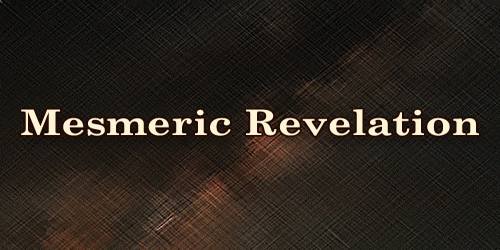

However, in “Marginal Notes” in Godey’s, August 1845, p. It is evidently meant to be nothing more than the vehicle of the author’s views concerning the DEITY, immateriality, spirit, &c., which he apparently believes to be true, in which belief he is joined by Professor BUSH” (Poe Log, ). Some of the Swedenborgians, at PHILADELPHIA, wrote word to POE, that at first they doubted, but in the end became convinced, of its truth. . . . A large number of the mesmerists, queerly enough, take it all for gospel. The “Mesmeric Revelation,” had “excited much discussion.

Valdemar”, which is closely related to the “Mesmeric Revelation”, Poe said “My attention, for the last three years, had been repeatedly drawn to the subject of Mesmerism” (Poe, 561). In his most exciting tale of animal magnetism, “The Facts in the Case of M. The “Mesmeric Revelation” is the second of Poe’s stories to make use of mesmerism, after “A Tale of the Ragged Mountains”, which appeared in Godey’s Lady’s Book in April, 1844. “Mesmeric Revelation” as illustrated by Harry Clarke Poe found the concept so illuminating and fascinating that he incorporated it into some of his works. Chauncey Hare Townshend, a book that Poe had praised in more than one occasion. Poe’s interest in mesmerism may have been fueled by Facts of Mesmerism: Animal Magnetism, by the Rev. This pseudo-science subject took its name from Franz Friedrich Anton Mesmer, a German physician who believed that all living beings possessed a sort of invisible force that could be tapped into by medical practitioners for healing purposes. Mesmerism, otherwise known as Animal Magnetism, was a very popular concept around Poe’s time, and was viewed as fascinating by many authors of that era.


 0 kommentar(er)
0 kommentar(er)
